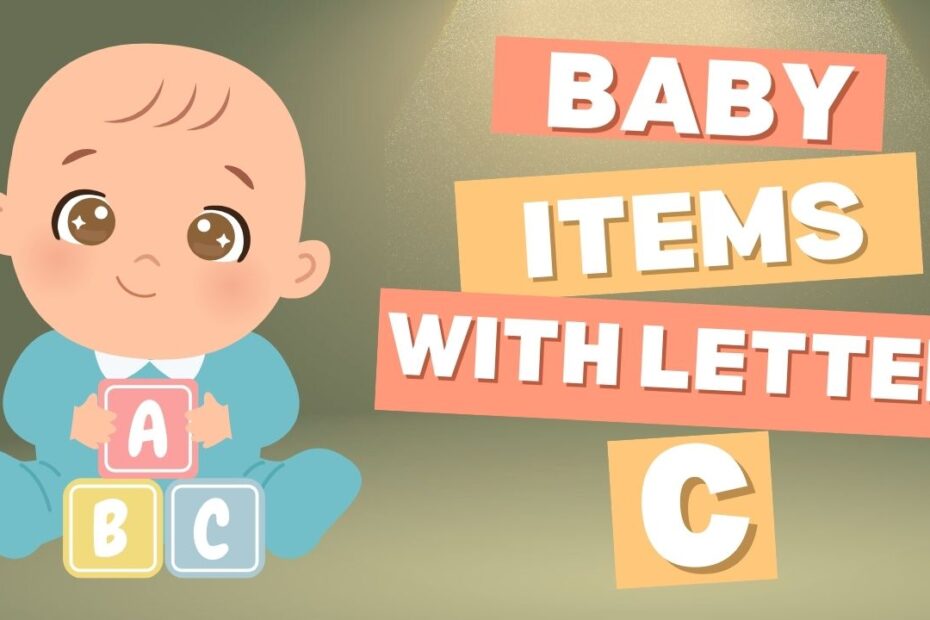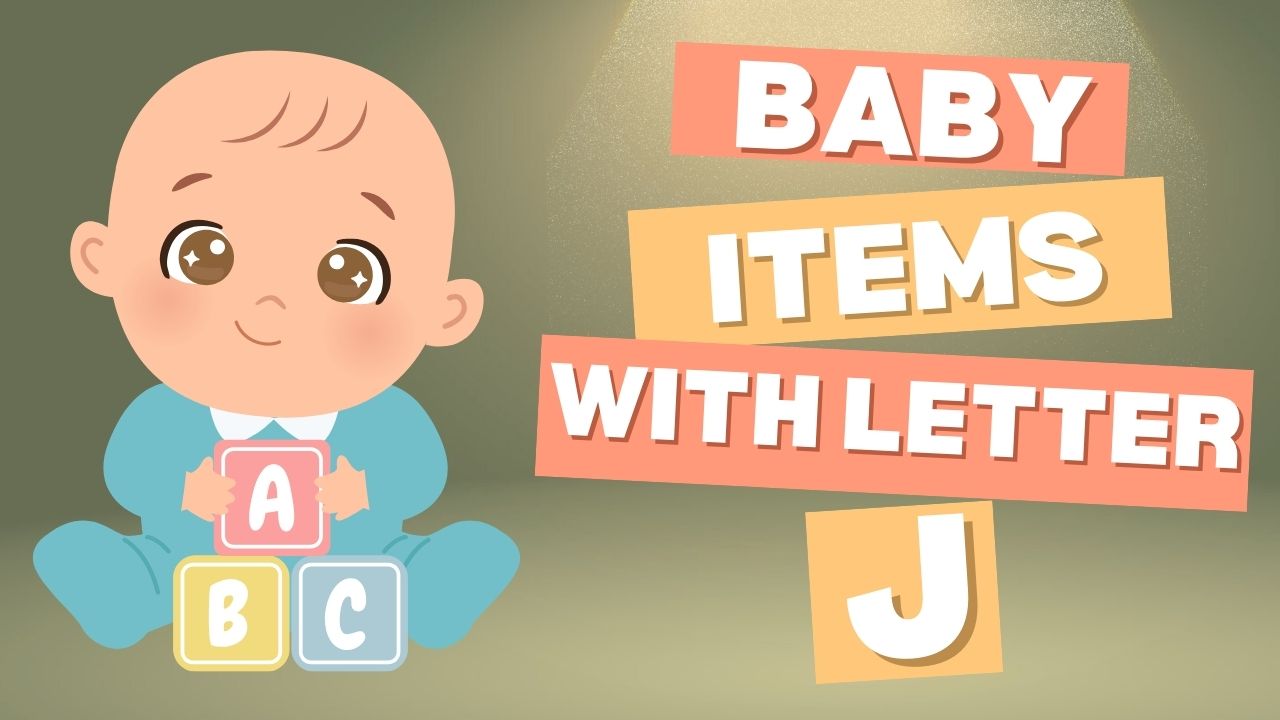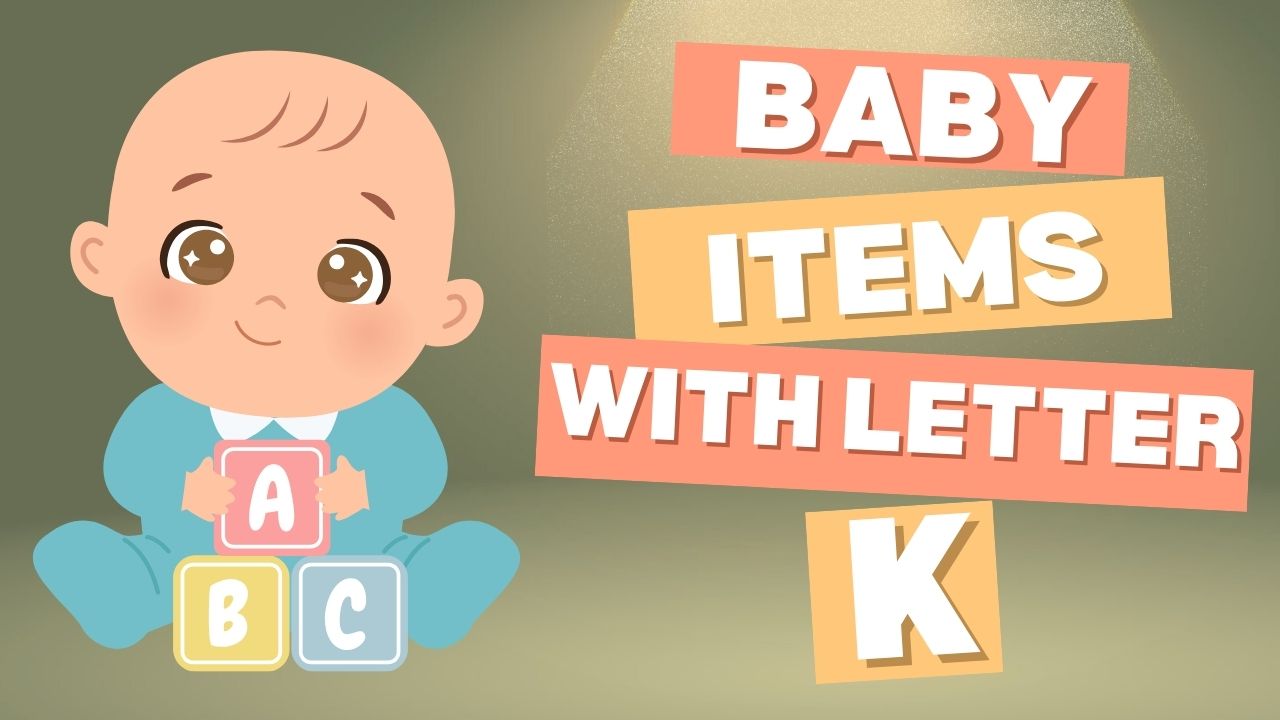Welcoming a new baby into your life is an exciting journey filled with joy, love, and a fair share of challenges. As you prepare for your little one’s arrival, you’ll encounter a wide array of baby items, each designed to make your parenting experience smoother and more enjoyable. In this article, we’ll explore an extensive list of baby items that start with the letter C, providing you with valuable insights into their uses, benefits, and importance in your baby’s early years.
Cribs: The Cornerstone of Baby Sleep
When it comes to baby sleep, cribs are an essential item for every nursery. These sturdy, enclosed beds provide a safe and comfortable sleeping environment for your little one.
Types of Cribs:
- Standard cribs
- Convertible cribs
- Portable cribs
- Mini cribs
Cribs come in various styles and designs, but all must meet strict safety standards set by regulatory bodies. When choosing a crib, consider factors such as:
- Size and space availability in your nursery
- Convertibility options for long-term use
- Adjustable mattress heights for different stages of your baby’s development
- Material and finish (ensure it’s non-toxic and lead-free)
Safety is paramount when it comes to cribs. Always follow the manufacturer’s guidelines and these essential safety tips:
- Use a firm, well-fitting mattress
- Avoid placing soft bedding, pillows, or toys in the crib
- Ensure the crib slats are no more than 2 3/8 inches apart
- Regularly check for loose or missing parts
Cribs are suitable for use from birth until your child is ready to transition to a toddler bed, typically around 18 months to 3 years of age.
Car Seats: Crucial for Safe Travel
Car seats are not just a legal requirement; they’re a vital piece of safety equipment for your baby. These specially designed seats protect your little one during car rides and are essential for every outing.
Types of Car Seats:
- Infant car seats (rear-facing only)
- Convertible car seats (can be used rear-facing and forward-facing)
- All-in-one car seats (suitable from infancy to booster seat age)
When selecting a car seat, consider:
- Your child’s age, weight, and height
- Your vehicle’s size and compatibility with the seat
- Ease of installation and use
- Additional safety features like side-impact protection
It’s crucial to install and use car seats correctly. Here are some key safety guidelines:
- Always use the appropriate car seat for your child’s age and size
- Install the seat securely according to the manufacturer’s instructions
- Keep your child rear-facing for as long as possible (ideally until at least 2 years old)
- Ensure the harness is snug and the chest clip is at armpit level
Car seats are used from birth until your child reaches the appropriate height and weight for a booster seat, typically around 4-7 years old.
Carriers: Keeping Baby Close
Baby carriers are versatile tools that allow you to keep your baby close while keeping your hands free. They promote bonding and can be incredibly helpful for parents on the go.
Types of Carriers:
- Wrap carriers
- Soft-structured carriers
- Ring slings
- Mei Tais
When choosing a carrier, consider:
- Your body type and comfort
- Your baby’s age and developmental stage
- Ease of use and adjustability
- Climate and weather conditions in your area
Carriers offer numerous benefits:
- Promote skin-to-skin contact and bonding
- Can help soothe fussy babies
- Allow for hands-free movement
- Support breastfeeding on the go
Safety is crucial when using carriers. Always ensure:
- Your baby’s airways are clear and unobstructed
- The carrier provides adequate head and neck support for young infants
- Your baby is positioned correctly (knees higher than bottom, forming an “M” shape)
- You can see your baby’s face at all times
Carriers can be used from birth (with appropriate newborn inserts) up to toddlerhood, depending on the specific carrier’s weight limit.
Changing Tables: Convenient Diaper Duty Stations
Changing tables provide a dedicated space for diaper changes, making this frequent task more comfortable and organized. These elevated surfaces offer a safe area to change, clean, and dress your baby.
Types of Changing Tables:
- Standalone changing tables
- Dresser-top changing tables
- Wall-mounted changing tables
- Portable changing stations
When selecting a changing table, consider:
- Available space in your nursery or home
- Storage options for diapers, wipes, and other essentials
- Height and ergonomics for comfortable use
- Durability and stability
Safety features to look for include:
- Guardrails on all sides
- A safety strap to secure your baby
- Smooth, rounded edges to prevent injuries
- Non-toxic, easy-to-clean surfaces
Always follow these safety guidelines when using a changing table:
- Never leave your baby unattended, even for a moment
- Keep one hand on your baby at all times
- Store all changing supplies within arm’s reach
- Regularly check for loose screws or damaged parts
Changing tables are typically used from birth until your child is potty trained, usually around 2-3 years old.
Clothing: Comfort and Style for Little Ones
Baby clothing is not just adorable; it’s essential for keeping your little one comfortable and protected. From onesies to sleepers, there’s a wide variety of clothing items that start with C.
Common Baby Clothing Items:
- Onesies (also called bodysuits)
- Sleepers
- Cardigans
- Caps
- Coveralls
When choosing baby clothes, consider:
- Fabric quality and softness
- Ease of dressing and undressing
- Size and growth rate of your baby
- Weather and temperature appropriateness
Here are some tips for selecting and caring for baby clothes:
- Choose breathable, natural fabrics like cotton for sensitive skin
- Opt for clothes with snap or zipper closures for easy diaper changes
- Wash new clothes before first use to remove any irritants
- Avoid clothes with small buttons or decorations that could pose a choking hazard
Baby clothing sizes typically range from newborn to 24 months, with some variations between brands.
Cribs vs. Bassinets: A Comparison
| Feature | Cribs | Bassinets |
|---|---|---|
| Size | Larger, rectangular | Smaller, oval or rectangular |
| Age Range | Birth to 2-3 years | Birth to 4-6 months |
| Portability | Generally stationary | Often portable |
| Longevity | Can convert to toddler bed | Short-term use only |
| Space Required | More floor space | Less floor space |
| Cost | Higher initial investment | Generally less expensive |
| Weight Limit | Up to 50 lbs (convertible) | Usually up to 15-20 lbs |
| Safety Features | Adjustable mattress height | Often include canopies or hoods |
Cradles: Gentle Rocking for Soothing Sleep
Cradles offer a cozy, enclosed sleeping space for young infants, often with the added benefit of a gentle rocking motion. These traditional baby beds can be a comforting transition from the womb to the crib.
Types of Cradles:
- Wooden cradles
- Portable cradles
- Rocking cradles
- Stationary cradles
When choosing a cradle, consider:
- Size and weight limits
- Rocking mechanism (manual or automatic)
- Portability if you plan to move it between rooms
- Overall stability and sturdiness
Safety considerations for cradles include:
- Ensuring the cradle meets current safety standards
- Checking for smooth, rounded edges to prevent injury
- Using a firm, well-fitting mattress
- Avoiding soft bedding, pillows, or toys inside the cradle
Cradles are typically used for the first few months of a baby’s life, usually until they can push up on their hands and knees or reach the weight limit specified by the manufacturer.
Comfort Items: Soothing Solutions for Baby
Comfort items play a crucial role in soothing and calming babies. These objects can provide a sense of security and help establish healthy sleep habits.
Common Comfort Items:
- Cuddle blankets
- Comfort toys
- Comforters (small, soft blankets)
When selecting comfort items, consider:
- Safety (no small parts or choking hazards)
- Washability for easy cleaning
- Durability to withstand frequent use
- Texture and material that your baby finds soothing
It’s important to note that while comfort items can be beneficial, they should not be used in the crib during sleep for babies under 12 months due to the risk of Sudden Infant Death Syndrome (SIDS).
Chairs: Seating Solutions for Baby Care
Various types of chairs are essential for baby care, providing comfortable seating for both parents and infants during different activities.
Types of Baby-Related Chairs:
- Rocking chairs
- Gliders
- High chairs
- Booster seats
When choosing chairs for baby care, consider:
- Comfort for long periods of use
- Ease of cleaning (especially for feeding chairs)
- Stability and safety features
- Adjustability to accommodate your baby’s growth
High chairs and booster seats are typically introduced around 4-6 months when your baby starts solid foods. Always follow the manufacturer’s guidelines for age and weight limits.
Creams: Skin Care Essentials
Baby skin requires gentle care, and various creams are essential for maintaining your little one’s delicate skin.
Types of Baby Creams:
- Diaper rash creams
- Moisturizing creams
- Calming creams (for eczema or irritation)
When selecting baby creams, look for:
- Hypoallergenic formulas
- Fragrance-free options
- Natural ingredients when possible
- Products specifically designed for baby skin
Always patch test new creams on a small area of skin before widespread use, and consult your pediatrician if you have concerns about skin conditions or reactions.
Cups: Transitioning to Independent Drinking
As your baby grows, cups become an important tool for developing independent drinking skills.
Types of Baby Cups:
- Sippy cups
- Straw cups
- 360-degree cups
- Open cups
When introducing cups, consider:
- Age-appropriateness (typically around 6 months for first introduction)
- Ease of holding and manipulating
- Spill-proof features for early stages
- Dental health (avoid prolonged use of sippy cups with spouts)
Transition tips:
- Start with small amounts of water in the cup
- Demonstrate how to use the cup
- Praise efforts and successes
- Gradually move from more restrictive to more open cup designs
Crib Accessories: Enhancing Baby’s Sleep Space
While the crib itself is crucial, certain accessories can enhance its functionality and your baby’s comfort.
Common Crib Accessories:
- Crib sheets
- Crib mattress protectors
- Crib mobiles
- Crib rail covers
When selecting crib accessories, prioritize:
- Safety (no loose or hanging parts that could pose a strangulation risk)
- Proper fit (especially for sheets and mattress protectors)
- Easy cleaning and maintenance
- Age-appropriateness (e.g., removing mobiles once baby can sit up)
Remember that while accessories can enhance the crib, a bare crib with just a fitted sheet is safest for sleep, especially in the first year.
Conclusion: Creating a Safe and Nurturing Environment
As we’ve explored this comprehensive list of baby items starting with C, it’s clear that each plays a unique and important role in your baby’s early years. From the essential safety of car seats to the soothing comfort of cradles, these items are designed to support your baby’s growth, development, and well-being.
When selecting and using these items, always prioritize safety, following manufacturer guidelines and current pediatric recommendations. Remember that while having the right gear is important, the most valuable thing you can provide your baby is your love, attention, and care.
As you embark on this incredible journey of parenthood, take the time to research and choose items that best fit your family’s needs and lifestyle. Don’t hesitate to ask for advice from experienced parents or consult with your pediatrician if you have questions or concerns.
Ultimately, creating a safe, comfortable, and nurturing environment for your baby involves a combination of the right items and your intuitive care as a parent. Embrace this special time, and enjoy watching your little one grow and thrive surrounded by the carefully chosen items that support their journey.



